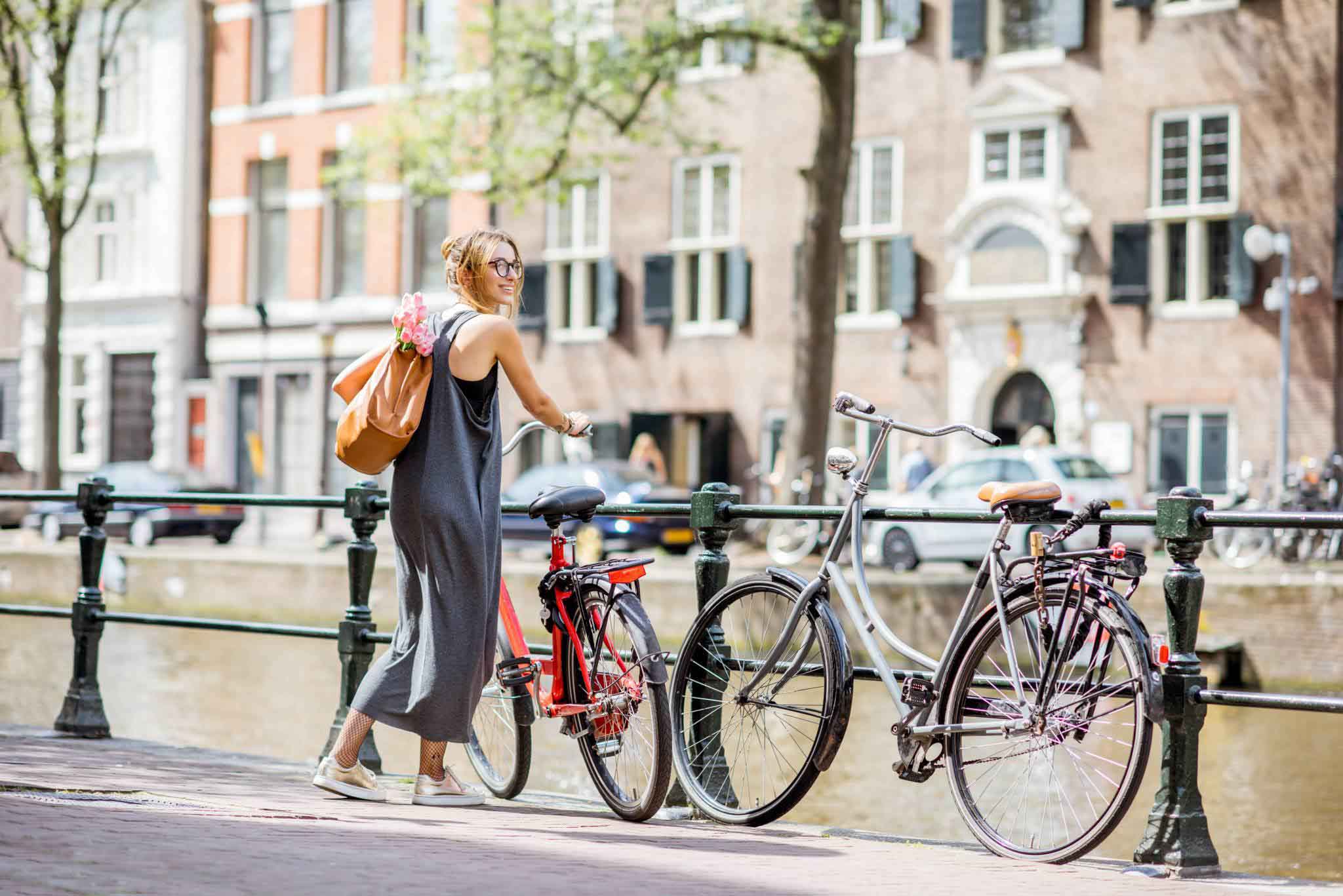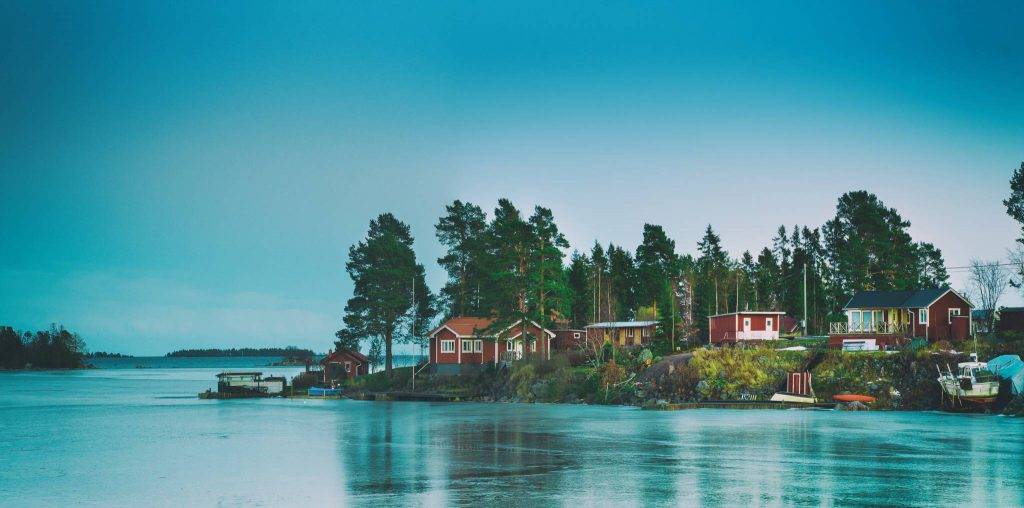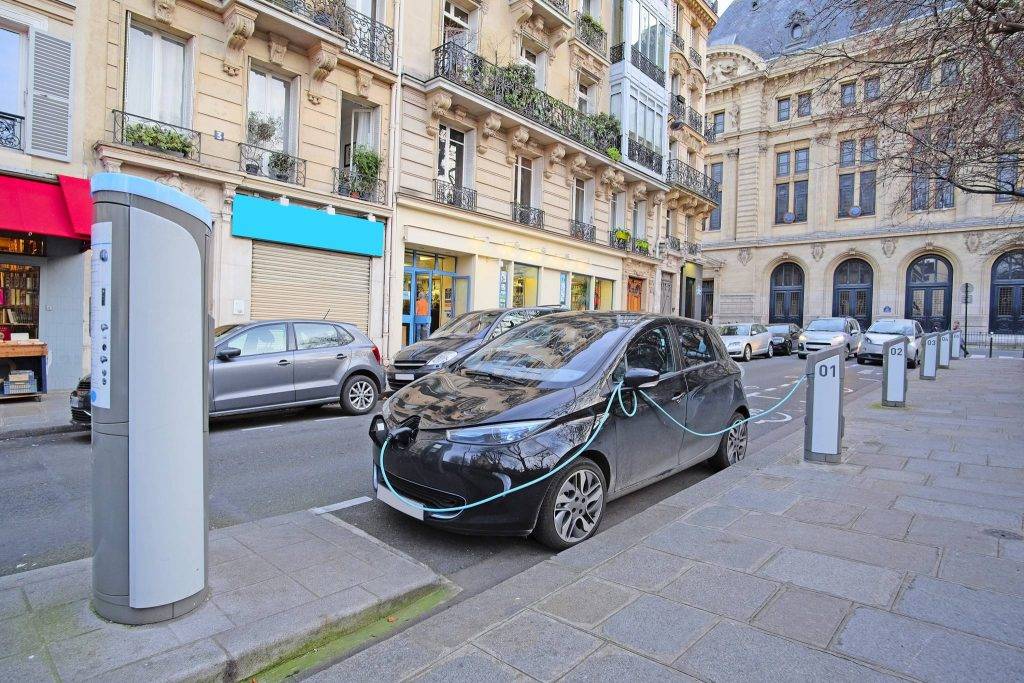There are so many wonderful things to be said about Northern Europe, specifically the Nordic countries like Denmark, Sweden, Finland and Norway (sometimes referred to as Scandinavia).
The people are incredibly friendly, the design is internationally renowned and best of all – they are commonly listed amongst the greenest countries in the world, with Sweden ranked at the top.
There are multiple factors that contribute to Scandinavian’s eco culture; socialist politics, beautiful scenery and slow living. As we look up to these environmentally superior countries, what can we learn from them?

“Environmental issues are intrinsic in Nordic politics and policy, investing in the required infrastructure and eco-programs to protect the environment now and for the future.”
Green politics
It’s no secret that the government is a really important factor in a country’s response to environmental issues. If the leadership’s values align with environmental protection, the country tends to steer in that direction too. Environmental issues are intrinsic in Nordic politics and policy, investing in the required infrastructure and eco-programs to protect the environment now and for the future.

A perfect example is Sweden with its carbon tax, which was implemented in 1991 and has increased steadily since. The carbon tax covers all motor and heating fuels, covering 90% of Sweden’s fossil carbon emissions and has not affected the economy negatively (Ministry of Finance, Sweden). By 2045, Sweden is aiming for no net emissions of greenhouse gases, which is an important message to the rest of the world to get on board. This type of message also moulds public attitude and behaviour towards climate change.
“Investing in low-carbon infrastructure and technology is something we must do now—waiting is not an option when combatting global warming.” – Norwegian Minister of Climate and Environment – Vidar Helgesen
Politicians that invest in the environment and renewable resources are smart in the long run, ensuring their country is protected for the future. Investing in areas such as education and renewable energy will ultimately create economic stability and innovation for the future.
In Norway, 98 percent of the electricity production comes from renewable energy and the highest number of electric cars per capita. This has been a massive push from the government, with the Norwegian Minister of Climate and Environment banning all cars that run on fossil fuel by 2025. This is incredible considering the amount of oil Norway once used and is proof that the switch is economically and socially possible.

Hygge it out
Behaviour change is intertwined with governmental action and investment, with Sweden being a key example as mentioned above.
The country has since introduced infrastructure for electric car charging stations and grants for solar energy so communities can engage in combating climate change.
The culture in Scandinavia is also based around slow living.
The happy nation of Denmark invented the concept of ‘hygge’, “a quality of cosiness and comfortable conviviality that engenders a feeling of contentment or well-being”. This quality is also connected to sustainability and nature, focusing on things such as; well made clothes, natural materials and simple living. This can lead to a reduction in waste, better mental health and more time outdoors with loved ones.
All of these outcomes are better for the environment.
Waste not
The culture in Scandinavia is definitely geared towards a no-waste model and the statistics are evidence of this.
Less than 1 per cent of Swedish household waste was sent to landfill last year or any year since 2011. This is impressive, considering in 1975 only 38% of waste was recycled. The revolution has been formed by a collaboration of behaviour change, infrastructure and innovation.
Sweden has found a business in turning waste into energy, which the rest of the world should be following. Finland is a leader in recycling too, with success in deposit schemes and paper recycling, again due to it’s infrastructure and policies.
“Waste is a relatively cheap fuel and Sweden has, over time, developed a large capacity and skill in efficient and profitable waste treatment. In 2014, Sweden even imported 2.7 million tonnes of waste from other countries.” – ‘The Swedish Recycling Revolution’, Sweden, 2018
Images via Adobe Stock


